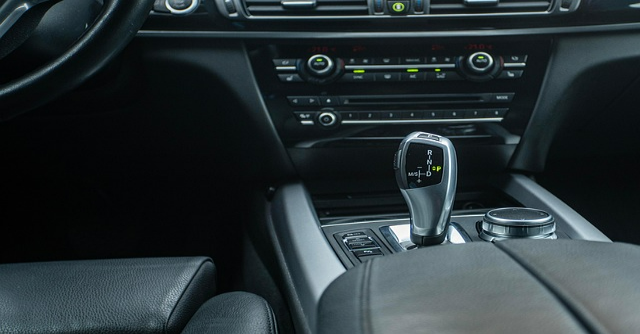
How traditional Auto OEMs are turning into software hubs


Competition in the automotive world is fiercer than ever, and now, it is software that is shifting gears. As vehicles become more connected, autonomous, and software-defined, legacy auto original equipment manufacturers (OEMs) are retooling themselves into technology companies. From in-house digital hubs to large-scale software divisions, these OEMs are betting that their future competitiveness will depend as much on code as on craftsmanship.
Across global carmakers, the transformation is formidable. German car maker Volkswagen, for instance, has built an in-house software arm, Cariad, to consolidate its digital systems. Meanwhile, BMW and Tata Technologies recently announced a joint venture called BMW TechWorks India in October 2024 to develop automotive software, digital solutions, and business IT in India. Bosch, too, has revealed that nearly half of its mobility workforce now consists of software engineers.
“We continue to engage with value-added integrators and Tier-1 partners. However, there’s a clear shift underway: OEMs increasingly want greater control over their software and hardware investments. The reasons range from stronger ownership of the software stack, the ability to reuse these investments across derivative products, and ultimately, higher ROI,” noted Dhiraj Handa, Senior Vice President and General Manager, Asia-Pacific, BlackBerry QNX, in a recent interview with TechCircle. QNX is the IoT business of BlackBerry, which offers foundational software infrastructure for the auto sector and works with an ecosystem of OEMs, system integrators, software, and semiconductor partners.
This trend is more prevalent with the rise of software-defined vehicles (SDVs). An SDV is a modern vehicle in which core functions and features are controlled by software rather than by traditional hardware systems. According to research firm MarketsandMarkets, the SDV market is expected to reach $1.2 trillion by 2030, growing at a CAGR of 34% from 2024.
SDVs allow more flexibility, customisation, and remote upgradeability. This is leading to new business models, such as subscription-based vehicle ownership, over-the-air software updates, and enabling OEMS to offer new services to customers. Apart from cost saving, building these foundational software in-house is helping OEMs play out a unique distinction from their competitors.
“A key shift in the automotive industry is the move toward controlling the full architecture of SDVs. Automakers are transitioning from multiple distributed Electronic Control Units (ECUs) to domain and zonal architectures that simplify design, reduce wiring, and enable faster updates.
Traditionally, component makers controlled both hardware and software, limiting OEMs’ flexibility. Now, legacy players are bringing software development in-house to gain control, cut costs, and keep pace with new-age manufacturers already built for a software-driven future,” said Rajat Mahajan, Partner, Deloitte.
A recent study by Capgemini showed that 92% of the surveyed respondents believe that every automotive organization will evolve into a software company to support SDVs and mobility services. Additionally, with software products and services, and not just physical vehicles, emerging as core value proposition, over 60% respondents believe that their software-defined strategy will impact their brands in next five years.
While this transformation is underway, the relationship between OEMs and software solution providers has also evolved. As OEMs started looking inwards to build mission-critical software themselves, their reliance on third-party providers reduced. However, making cars and making software are vastly different; talent that understands both domains is scarce. OEMs soon fell behind timelines and targets, realising it was not a solo effort.
“This has led to a shift toward partnerships and consortia, bringing together automakers, software specialists, chip designers, and integrators. Companies like Qualcomm and Nvidia now play vital roles, as software performance depends heavily on hardware design. Rather than competing, these players are collaborating to create integrated ecosystems that power safer, smarter, and more connected vehicles,” said Anuraag Bharadwaj, Industry Platform Leader for Automotive – India, Capgemini. Bharadwaj is also one of the authors of the study quoted above.
The shift to SDVs is redefining the automotive landscape, turning vehicles into dynamic, software-driven platforms. The success will hinge not just on technology, but on vision, digital strength, and organizational agility, opine experts.
